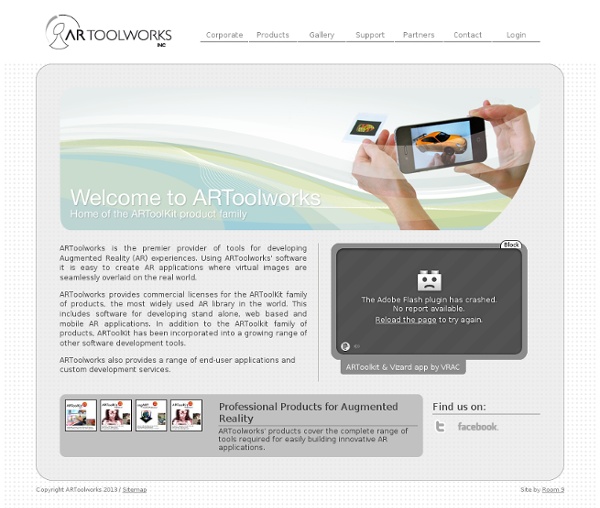



Word Lens: Augmented Reality App Translates Street Signs Instantly | Gadget Lab Word Lens for the iPhone is one of the most amazing apps we have ever seen. Take a look at this, but put down any hot liquids first. It’s an augmented-reality, OCR-capable translation app, but that’s a poor description. A better one would be “magic.” World Lens looks at any printed text through the iPhone’s camera, reads it, translates between Spanish and English. That’s pretty impressive already — it does it in real time — but it also matches the color, font and perspective of the text, and remaps it onto the image. Impressed? We’ve tested the app, and it works just as shown in the video. In our tests, it worked smoothly, although the words had a tendency to wiggle around a bit, switching between English and Spanish and flipping between alternate translations. Word Lens is a taste of science fiction, something like a visual version of the universal translator or the Babelfish. Word Lens is free, and will do some fancy rearranging of words to show you how it works. See Also:
Augmented 3D Printing: Architectural Model Overlay App Augmented 3D Printing: Architectural Model Overlay App Article by Urbanist, filed under Conceptual & Futuristic in the Technology category. Augmented reality meets architectural modeling in a remarkable best-of-both-worlds hybridization of two essential technologies for architecture designers, builders and (especially) clients. You have to see this video to believe it: Inition takes a physical (real-world) model, places it on a pattern-mapped background, and presto: point your iPad at the object and all kinds of additional layers of information begin to map themselves onto the object, shifting as you change perspective. Real-life simulations can thus be applied to the model, including wind and other weather patterns, day versus night views, pedestrians, trees, egress routes and traffic patterns. From the creators: “The iPad is a fantastic platform for AR, making it easy to deploy and fun to use.
PAR Works Front | PAR Works Ex-Valve employees bring augmented and virtual reality glasses castAR to Kickstarter 14 October '13, 05:31pm Follow CastAR is a pair of augmented reality and virtual reality glasses that can create and vizualize 3D holographic images in front of you. Created by ex-Valve employees Jeri Ellsworth and Rick Johnson – now operating under the name Technical Illusions – the pair are hoping to fund their innovative hardware project through crowdfunding site Kickstarter. The glasses are capable of recreating experiences similar to the iconic holographic ‘Holochess‘ chessboard from Star Wars: Episode IV – A New Hope. Unlike virtual reality headsets such as the Oculus Rift, castAR doesn’t require an expensive wide-angle display; instead, the device combines two micro-projectors, a pair of active shutter glasses, a tracking camera and a special mat embedded with infrared LEDs. At the time of writing, the funding page has $52,906 raised, with 31 days remaining to reach its final target of $400,000. One use-case is the popular table-top role playing game Dungeons and Dragons.
3D Print and Augmented Reality to showcase Drees & Sommer BIM | Inition The Brief Engineering project build management company Drees & Sommer approached Inition to create an innovative presentation tool to display BIM information for a European showcase event. Drees & Sommer wanted something both visually informative and engaging for the user, showcasing their work using the latest cutting-edge technology. Our Solution We proposed a combination of a 3D printed physical model with an augmented reality overlay of the office block that, when viewed through an iPad, would come to life. Using our 3D Systems ProJet 660 pro, we 3D printed a large 350mm colour model from the CAD data. Working with the 3D engineering model provided, we optimised it for real-time rendering, adding internal steelwork, plumbing, ventilation and external landscaping complete with moving cars and people. An innovative interface allowed each layer to be selected, and the building to be ‘sliced’ floor by floor to see internal spaces. The Results